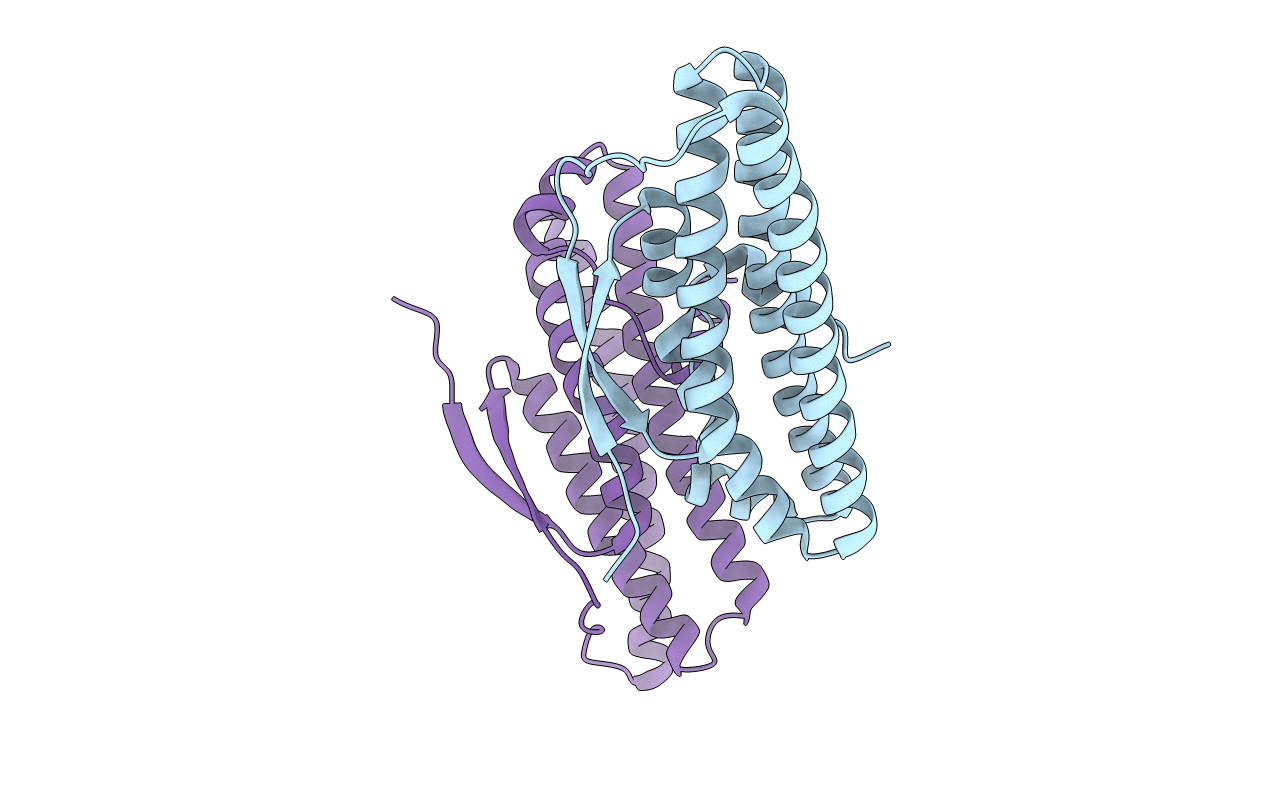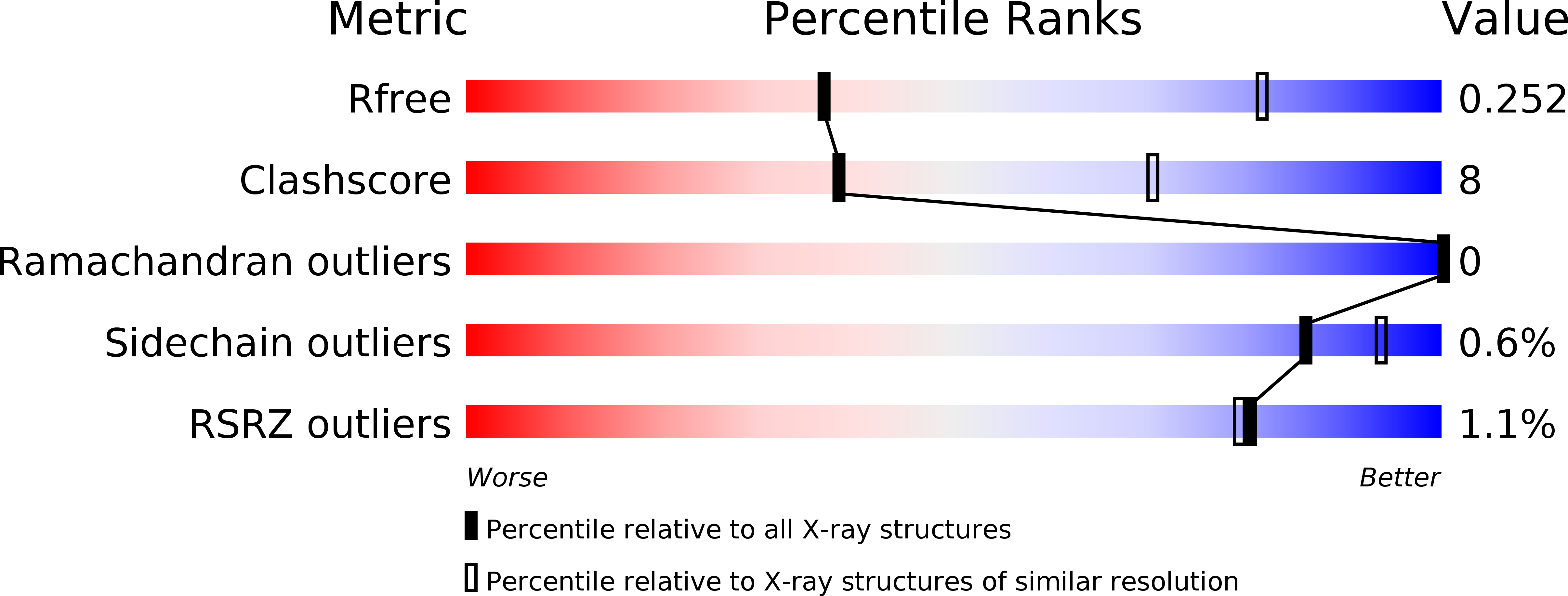
Deposition Date
2018-11-28
Release Date
2020-07-15
Last Version Date
2024-11-13
Entry Detail
PDB ID:
6N8A
Keywords:
Title:
Crystal structure of selenomethionine-containing AcaB from uropathogenic E. coli
Biological Source:
Source Organism:
Escherichia coli (Taxon ID: 562)
Host Organism:
Method Details:
Experimental Method:
Resolution:
3.40 Å
R-Value Free:
0.24
R-Value Work:
0.22
R-Value Observed:
0.22
Space Group:
I 21 3


